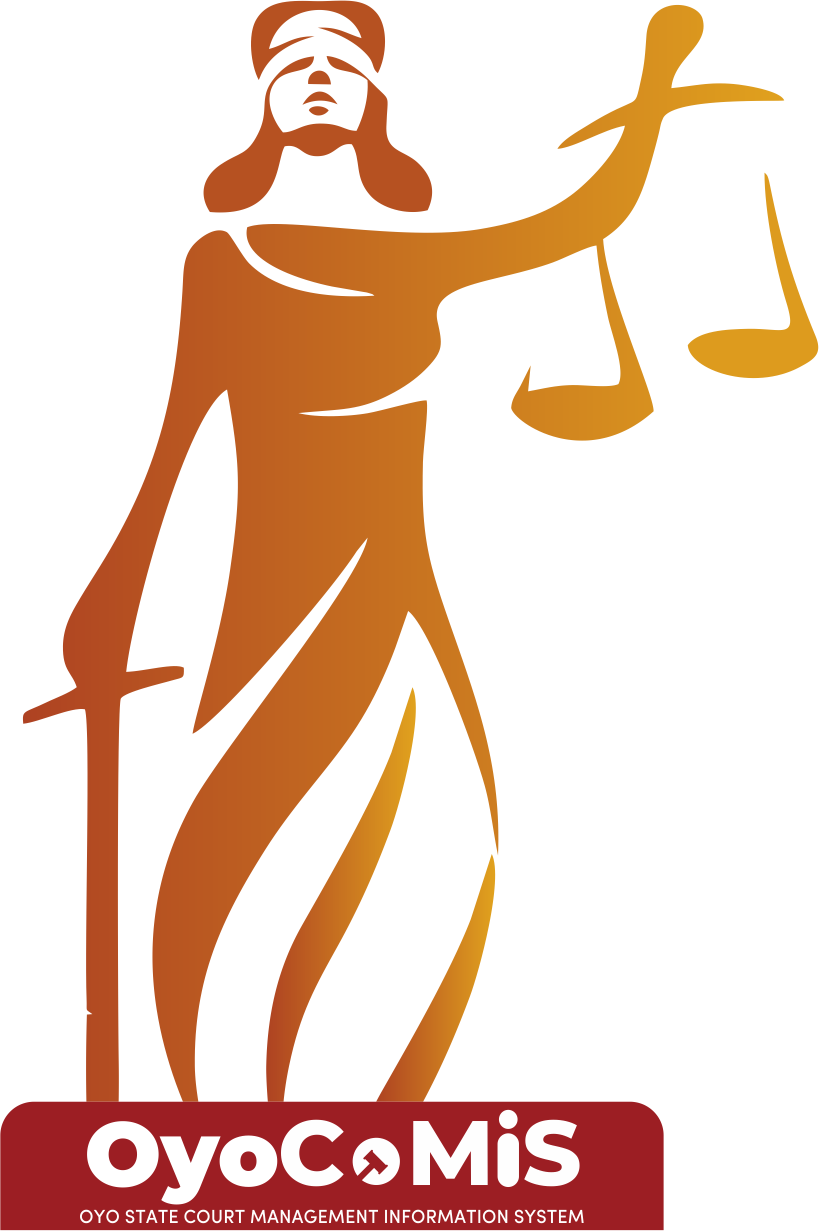PostgreSQL also supports synchronous replication, where a transaction is not considered committed until all replicas have confirmed receipt of the transaction. PostgreSQL stores data as structured objects and uses schema for SQL databases. Before you load any data into the database, you have to define a structure of how they are laid out in the database using a set of schema objects which include rows, keys, columns, etc. Replication is copying data from one database to another to ensure high availability and redundancy. Both MongoDB and PostgreSQL support replication, but they do it in slightly different ways.
There is a need for an interactive performance in terms of response time and a scalable architecture. Benchmarks play a crucial role in evaluating the performance and functionality of spatial databases both for commercial users and developers. It is a document-oriented database, which means it stores data in JSON-like documents called BSON (Binary JSON). MongoDB offers high flexibility and scalability, which makes it a popular choice for developers working on applications like content management systems, IoT platforms, and real-time analytics. MongoDB uses a query language called MongoDB Query Language (MQL), which is similar to SQL but optimized for handling JSON data. MQL is a powerful and intuitive language that supports complex queries, aggregation, and full-text search.
What Is MongoDB?
Owing to its multi-document transactions capability, MongoDB is one of the few databases to coalesce the flexibility, speed, and power of the document model with the ACID guarantees of traditional databases. Creating relational data models take time where a document database such as MongoDB can be more fluid and works well with developers. The syntax supported by both databases is quite different from each other. MongoDB, being a NoSQL database, leverages documents to store data, allowing users to access it using MQL. PostgreSQL on the other hand uses an RDBMS structure and SQL to store and access data respectively. However, if you want to store and process a range of data in different formats and in real or near-real time, document databases like MongoDB will suit your business requirements better.

Document databases can do JOINs, but they are done differently from multi-page SQL statements that are sometimes required and often automatically generated by BI tools. That said, MongoDB does have a SQL connector that allows SQL access, mostly from BI tools. Furthermore, MongoDB Live Migration Service makes it easier to migrate from self-managed MongoDB databases to the fully-managed cloud database platform, MongoDB Atlas. The document model also has emergent properties that make development and collaboration much easier and faster. Below are a few examples of SQL statements and how they map to MongoDB.
FPM SIGSEGV upload and postgresql
Primary and foreign key constraints make sure the relationships between your tables are defined, avoiding inconsistent data. Although this approach is more rigid, PostgreSQL is the best choice if you want data consistency and integrity. MongoDB and PostgreSQL differ significantly in their systems and syntax. MongoDB is a document database and uses BSON, while PostgreSQL is a relational database management system and uses SQL to query data. MongoDB supports some features of acid compliance as it provides atomic operations for single documents, whereas Postgres provides full acid compliance.
In general GeoMesa is an open-source, distributed, spatio-temporal database built on a number of distributed cloud data storage systems, including Accumulo, HBase, Cassandra, and Kafka. For point data, it uses a Z-order curve while for spatial data it uses XZ space filling curve. For this reason the XZ space filling curve GeoMESA uses, accommodates overlap in the underlying quadtree, for the elimination of data duplication and subsequent deduplication at query time.
MongoDB, PostgreSQL, and Airbyte: Simplifying Data Integration
Eric Avidon is a senior news writer for TechTarget Editorial and a journalist with more than 25 years of experience. Beyond generative AI, time series analysis and stream processing are specific areas of focus. But at the core of the vendor’s product development planning is simplification. In June at an event in New York, MongoDB revealed an initial set of generative AI capabilities. The features unveiled on Tuesday build on those initial features and move some from the development stage into preview. MongoDB on Tuesday unveiled new generative AI capabilities designed to help developers more quickly and easily build applications.
It’s an alternative to structured query language (SQL), which is used in relational databases. You can create custom data types, functions, and even programming languages to run inside the database. Plus, PostgreSQL is open source and has a vibrant community of contributors constantly improving its performance and adding new features. Whether building a simple web app or a complex data warehouse, PostgreSQL is a solid choice that won’t disappoint you. SPEC, BAPco and TPC benchmarks are not suitable for large database environments and they cannot be applied for spatiotemporal data. However only three queries from SEQUOIA 2000 and one query of PGS-DBMS include the temporal component.
PostgreSQL vs. MongoDB terminology and concepts
An index is a data structure that maps values of one or more columns to a physical location of the corresponding data on the disk. If you prioritize faster data integration and scalability across several servers, MongoDB might be a suitable choice for your business. Like PostgreSQL, MongoDB also has a community forum that enables users to connect with several other users and get their general queries answered. postgresql vs mongodb scalability The MongoDB enterprise support can further include an extensive knowledge base with use cases, detailed tutorials, technical notes on optimizations, and best practices. PostgreSQL is completely open-source and supported by its community, which strengthens it as a complete ecosystem. However, PostgreSQL’s level of security may differ from one cloud system to another, even if it’s the same database.
- An event driven architecture would be much suited, where we could send an event as soon as any visitor walks into the building and is checked in by the receptionist.
- A foreign key is simply a set of attributes in a table that refers to the primary key of another table.
- PostgreSQL uses logical and stream replication plus PAF to offer availability.
- On the other hand, MongoDB allows you to store data in any structure that can be quickly accessed by indexing, no matter how deeply nested in arrays or subdocuments.
- If there is a need to scale, it can be easily done through horizontal scaling of more platforms.
- One of the most powerful features of relational databases that make writing applications easier is ACID transactions.
It stores data in dynamic JSON-like documents and supports easy query, manipulation, and storage of data. PostgreSQL can handle complex joins, outline relationships, and rapidly query data. As it’s structured, it can process large volumes of data and rapidly provide insight and advanced analytics. These features also allow it to integrate well into business intelligence tools and work effectively as a data warehouse.
PostgreSQL vs. MongoDB Scalability
MongoDB introduced the new features during MongoDB.local London, an in-person event for the vendor’s users. MongoDB also offers an On-Premise pricing model with MongoDB Enterprise Advanced edition. In the modern world today, competition between companies is very common, especially when they are offering similar products. In the competitive field of Data Analytics, offering efficient products and services and having a majority customer share in the market does help determine the profit of the company. When it comes to the field of Database Management, the choice of MongoDB vs PostgreSQL is a relatively tough one. Read our blog for more information on hiring data scientists and software developers.

In contrast to PostgreSQL, not every NoSQL database is ACID compliant but MongoDB is. It ensures isolation by providing different levels of transaction isolation from read committed to serializable. It ensures durability by writing changes to the disk before acknowledging a transaction commit. Furthermore, PostgreSQL is considered to be highly secure as the community took extra steps to focus on security by actively releasing updates.
Top 8 Free, Open Source SQL Clients to Make Database Management Easier
It can query and retrieve content rapidly and handle many concurrent read and write operations. This makes it a good choice for high-traffic content management applications. PostgreSQL ensures transactions are atomic, consistent, isolated, and durable (ACID). As it’s a relational database management system, PostgreSQL can guarantee that transactions follow each property of ACID. MongoDB support various data types including nested documents, arrays, strings, dates, Boolean values, and numbers. MongoDB is a non-relational database, while PostgreSQL is a relational database.

